Q Up Arts California Keys [Exciting, Deep] Review
California Keys is not a single instrument. In addition to the acoustic grand piano – which was sampled in configurations ranging from stereo all the way through to 7.1 surround – Q Up Arts has stuffed in a collection of beloved, vintage organs and e-pianos. Albeit, Q Up’s take on some of the instruments is a little off-the-beaten-track, the “Cali Keys” bundle has quite a lot to offer.
The MSRP is a rather ambitious figure of $499 (USD), but the bundle is offered on sale occasionally, and Douglas Morton is conscious of making Q Up products available to students for amiable rates. Quite frankly, this helps Doug and his company stand out from the crowd; well-deserving to be duly commended.
0 Comments
e-Instruments Session Keys Electric R, S, W [Deep] Review
For those who might be acquainted with “Session Horns (Pro)” and “Session Strings (Pro)” - badged as Native Instruments products – e-Instruments’ self-branded “Session Keys” series of highly playable electric pianos will not come across as unheard-of-strangers. In fairness to software giant, “Native Instruments”, the aforementioned strings & horns libraries’ product pages do cite e-Instruments as the actual creators. As a matter of fact, it’s because of the company’s partnership with Native Instruments that e-Instruments gained ground as a relatively new developer at that time.
It’s fair to say that e-Instruments have certainly proven themselves to be top-tier sampling experts since 2010, weaving a pedigree of interest and notability. Enticingly so, their commendable “Session Keys” series of electric pianos are very fairly priced. Each one costs but $79 (USD) / €79 apiece. If at all possible, I do recommend that Canadian customers purchase using US funds. Even though the current exchange rate of USD to CAD (at the time of this publication) would result in an amount of $105 (CAD), for some reason e-Instruments’ online store charges a hefty $129 (CAD). ESI U22 XT [Exciting, Deep] Review
Ok, ok. I’m just teasing – God bless the younger folks who want to get into recording and music producing – we all had to start somewhere. As a matter of fact, yours truly was only 13 years of age when I “bounced” my first three mono tracks down to a single track; making room for three more ‘live’ tracks on my father’s Phillips 4-track reel-to-reel recorder (circa 1973). For those of you whom are of the millennial generation or even younger - the iGen youngsters - you are seriously more blessed than you might realize. Old guys like me didn’t have nifty contraptions such as: snappy i5 or i7 laptops, multi-track DAW software, and portable audio interfaces when we started out. If I would've had access to a decent laptop, a good-sounding, low latency audio-interface and a FREE bundled starter DAW, I’d have been totally stoked!
Well guess what? This article is devoted to just such a scenario. ESI’s entry point USB 2.0 audio-interface is prime example of when NOT to judge a book by its orange-y/copper cover. This tidy-looking little box is equally at home in both MAC and Windows setups and like most devices in its class; it features 2-In/2-Out I/O. Expected appointments, such as 48v phantom power and Mic/Line/Instrument connectivity, are at the ready. This sound card delivers an acceptable bit depth and sampling rate, coming in at a maximum of 24bit/96 KHz. GG-Audio Blue3 v2 [Exciting, Deep] Review
. . . Blue?
If you’re an ol’ skool Hammond maven like I am, you’re expecting to see warm, earthy hues, and graphical textures reminiscent of walnut, cherry, and mahogany woods. Thankfully, these are now the very skin choices within Blue3 v2. And since I've mentioned UI (User Interface) choices, I’m very pleased to report that Blue3’s UI is fully re-sizable between 70 to 200 percent – sure to accommodate most contemporary screen resolutions. Overall, I assess Blue3 v2 to be solid prospect for anyone in need of a good quality tonewheel organ VI (Virtual Instrument). I know many of us have long held GSI’s “VB3” in high regard, considering it to be the de facto standard where modelled tonewheel emulations are concerned. However, Blue3 v2 is a worthy contender and is poised to offer itself as a fit challenger. Priced moderately at $99 (USD), Blue3 won’t break anyone’s bank account, but neither can it be considered a cheap, ‘No brainer’ deal. However, Blue3 v2 does not emulate a single organ – rather, it distinctly models five different tonewheel organs; as well as boasting exquisite, high resolution/retina-ready graphics (resizable, to boot). This VI produces good quality Hammond tones and a convincing rotating speaker (Leslie®) experience. Taking these laudable factors into view, Blue3 v2 rapidly appreciates in value. Let’s flip those Run and Start switches shall we . . . Overloud Mark Studio 2 [Exciting, Deep] Review
Mark Studio 2 bests its forbearer, Mark Studio 1, by upping the anti from three amp heads and six cabinets to six amps and nine cabinets, respectively. A selection of six modelled close mics is on hand, as is a satisfying (virtual) midi-controllable pedal board layout. Also included in the booty are a couple of front (room) microphones. Polishing off the kit is a built-in precision tuner with optional output mute. All of this bass-a-licious-ness is presented in an easy to use, intuitive UI (User Interface) complete with a robust, simplified preset manager.
A notable change, welcomed by all customers, is whenever a company *lowers* its prices, instead of raising them. This is just such a case in point – Mark Studio 2 offers more, and costs less, than its predecessor, coming in at only € 109/$129 (usd). Mark Studio 1 bore an exorbitant price tag of € 190 a few short years ago. Generous upgrade prices reduce that amount by no less than 40%, and during annual sales events, even more so. [Deep Review] ESI Unik 8 Plus Monitor SpeakersESI Unik 08+ Monitor Speakers [Exciting Deep] Review
An experienced engineer will have immediately noticed a glaring omission from the $1500 list noted above --reference monitors. That’s right – I’m talking about studio monitors. Headphones are great for privacy and noise isolation in a bedroom studio or college apartment, but when it comes time to render a good mix, those “Dr. Beats” just ain’t gonna cut it, mate. What you need is a (hopefully) treated room and a pair of good quality, accurate, flat-response reference monitors.
As it happens, yours truly is reviewing a pair of reference monitors that behooves our attention and consideration. ESI has upped their game greater than ever before and now produce a select, but very impressive, range of studio-reference-speakers. Crowning their speaker line is the princely UniK 08 Plus. These 140 watt, bi-amped beauties house a potent kevlar-curved 8” low frequency driver and an exceptionally clear-sounding magnetostactic tweeter. Spolier Alert: Before we even get into the meat of the review, it is my sincere assessment that these powerful, attractive reference monitors contend very well against competitors selling for twice as much. Each “UniK 08 Plus” retails for $399 (USD), essentially costing about $800 a pair. Notwithstanding, the degree of accurate, detailed sonic quality that these speakers provide, for such a modest price, makes them practically a steal! PreSonus Studio One Professional 3.5x [Exciting In-Depth] ReviewIt was late Spring, 2015 . . .
In a whirlwind of highly anticipated excitement, PreSonus went live with the release of their powerhouse DAW, Studio One v3.0. The third iteration of said software boasted impressive new features such as: signal/channel splitting, advanced effects routing, a revamped, high DPI interface, resizable mixer faders, “scratch pads”, a multi-tasking mouse tool, an arranger track, and the list goes on. Readily available for both MAC and Windows PCs, Studio One is offered in three distinct tiers. Prime is the introductory level –it is downloadable completely au gratis. However, it lacks VST/AU support and even lacks most of the built-in effects found in the pay-for choices. Taking up the middle child’s seat at the table is “Artist”. Artist ($99 usd) includes most of PreSonus’s built-in, native plug-ins, but continues to omit 3rd party VST/AU support. That said, VST support can be purchased from the PreSonus online store for $79 (usd), and once activated, will open up the mid-tier version’s functionality and feature set considerably. Throughout the entire range of Studio One versions, there have never been limitations imposed on how many midi and/or audio tracks could be added to a song project. This remains a much appreciated gratuity from PreSonus; in both Studio One 3 Prime and Artist. Lastly, the crowned prince of Studio One’s lineage, and the subject of this article’s focus, is Studio One “Professional”. No holds barred, “S1 Professional” shows off 64 bit (float) internal audio processing –as compared to “Prime” and “Artist” which each employ 32 bit (float) audio engines. Complimentary mastering features and every one of PreSonus’s native plug-ins are on deck. Close to 30 GB of additional content (loops, samples, VIs, and etcetera), and a license for the full version of Melodyne Essentials 4.x is also included. Tous ensemble, it rings the til at a moderate cost of $399 (USD). * Crossgrades and upgrade pricing are available for previous version owners. Brainworx Bx Consoles E & G Review“With 72 subtly-different modelled channels reproducing the nuances of a large analog console, bx_console E as a mix tool is huge, powerful, and satisfying.”
Ask any experienced, old skool mix-engineer what his/her preference is, in regard to getting “that hit record sound”, and I expect that the answer will most nearly always be the same: “Use a studio-grade analogue recording chain.”. However, this is easier said than done. After all, how many bedroom producers and home studio enthusiasts have access to $150, 000(+) SSL, Harrison or Neve recording desks?
Great strides have been taken within the digital (and computer) domains to achieve some decent approximations of the hallowed large-desk-console sound. By my estimation, one of the first developers to really come up with something good was Waves; back in January of 2006. Mind you, the release price of Waves’ SSL 4000 Collection was steep --peaking the money meter at around $1200 USD! Ouch. There have been others whom have produced some pretty good-sounding plug-ins: Metric Halo, Solid State Logic themselves, Universal Audio, and a few others. However, very few “real” mix engineers, who were well acquainted with the genuine article, were ever highly convinced by said console emulations plug-ins. Then came Dirk Ulrich & the crew, from over at Brainworx, touting their new “Tolerance Modeling Technology” as (hopefully) the definitive solution to everyone’s console emulation quest. Superb “brain work” it certainly was indeed! Not only has Brainworx’s team of programming engineers painstakingly modeled each component in the respective SSL 4000 “E” & “G” series channel strips, they did so across 72 separate channels! The likes had never been done before. This is an exciting development, friends. Stick n’ stay --let’s find out just how good these hopeful accessories are. At full MSRP, bx_Console E and bx_Console G each requires a debit of $299 (USD) from a buyer’s bank account. I realize that $300 bucks is far from cheap, but bundling these high end plug-ins together with other Plugin Alliance dandies will result in goodly discounts. It’s important to note that each one has been on sale for $179 (USD) respectively. Of particular interest, if you buy one or the other of bx Consoles, you can get the alternate version for a low "crossgrade" price of only $99 (USD). Softube Drawmer 1973 [Exciting Reveal] Review
Unlike some of Softube’s other analogue-modelled fare, “Drawmer 1973” is not actually a piece of vintage kit. That said, the “1973” *is a FET design which automatically propels it into the classic, vintage-ish sound category. Drawing from its valve powered predecessor, the “S3” (No puns intended), the “1973” has quickly gained recognition as a superb, mastering-grade, multi-band stereo compressor. Fortunately, it is available at a more affordable price point --this is due in part to a completely new gain-cell design that hasn’t been used on any of Ivor Drawmer’s previous compressors. Sounds spectacular *and* is more affordable!? What’s not to love . . .
I can honestly say, right from the ‘get go’, that this processor is one of the best multi-band compressor plug-ins that I’ve ever used; however, it doesn’t exactly come cheap. At the time of this publication, the MSRP listed on Softube’s web site is a healthy $225 (USD). The good news is that this is $25 less than the year before. Pssst . . . If you’re a keen shopper, Softube does offer good sales every once in a while. *Wink. Compressors of all sorts are becoming “a dime a dozen” now-a-days; what could capture the average home or small studio engineer’s interest enough to make them willing to invest in yet another plug-in? Stick n’ stay – hang out with yours truly for a few minutes, and let’s find out why the Softube Drawmer 1973 is a worthy consideration. Unfiltered Audio Sandman Pro Review
Don’t you just get all a-tingle when you find out about a new Krazy, Kool Delay plug-in? Of course you do! We all do. User forums are replete with tomes and scrolls of fanfare regarding all types of time-based and ambience plug-ins. For good reason. How bland and stale would our tunes be if we didn’t bring them to life with reverbs and delays? Perish the thought!
You know what I mean. There’s the vintage-inspired fare, there are pristine digital taps, there are virtual tape echo machines and most nearly everything else imaginable, available to us now-a-days. Unquestionably, there’s no shortage of delay/echo/multi-tap accessories to choose from. But . . . just when you think that it’s all been said and done, Plug-in Alliance affiliate, “Unfiltered Audio”, unveils one of the vibe-y-est, and most interesting, delay/tap/echo thinga-ma-bob-a-roonies that has even been dreamt up. As with most Plugin Alliance collectibles, Sandman Pro doesn’t exactly come cheap. However, considering that its basic “Classic Tape” mode alone sounds just as good as other dedicated tape delay plug-ins in the same price range, plus all the really, really cool alternate modes if offers, it makes for a very attractively-priced choice -- $99 USD. What are these aforementioned “really, really cool alternate modes”, you ask? Stick n’ stay. Let’s open it up and see what’s inside . . . |
NO SPAM! IK Multimedia Group Buy
FX Pick & Mix Group Buy - up to 16 for the price of 1
Will You Help?Web hosting is getting more and more expensive all the time, and Reviewer's Revival is NOT funded nor supported by any commercial enterprise or business. A donation of any amount is greatly appreciated. Even $2 or $3 for a coffee - every little bit helps. Thanks very much.
Legal BlurbAll of the articles published on Reviewer's Revival are undertaken to be purely objective, impartial reviews. Reviewer's Revival is not owned, funded-by, nor hired by any company or individual. Reviewer's Revival is the sole property of, and solely under the discretion and direction of Brother Charles. |


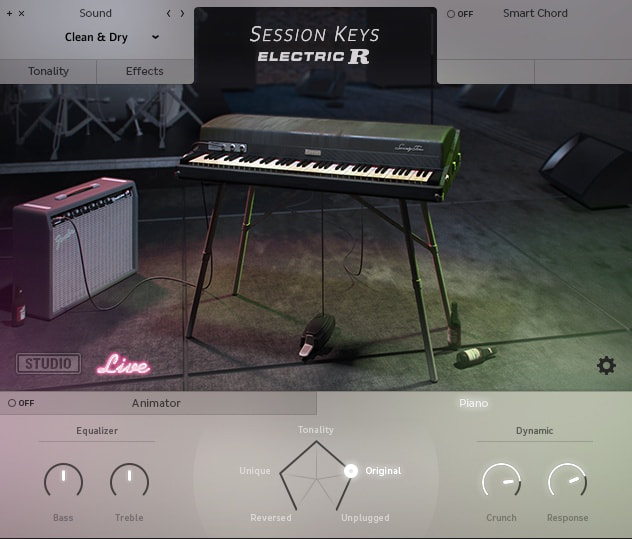
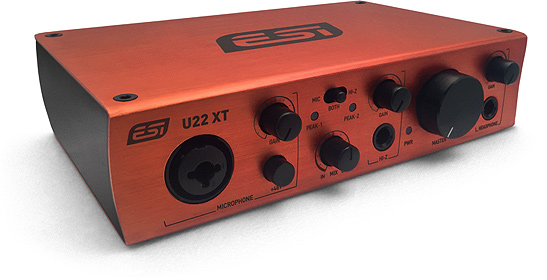
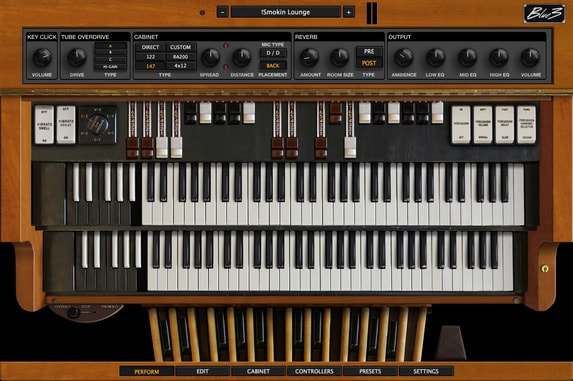
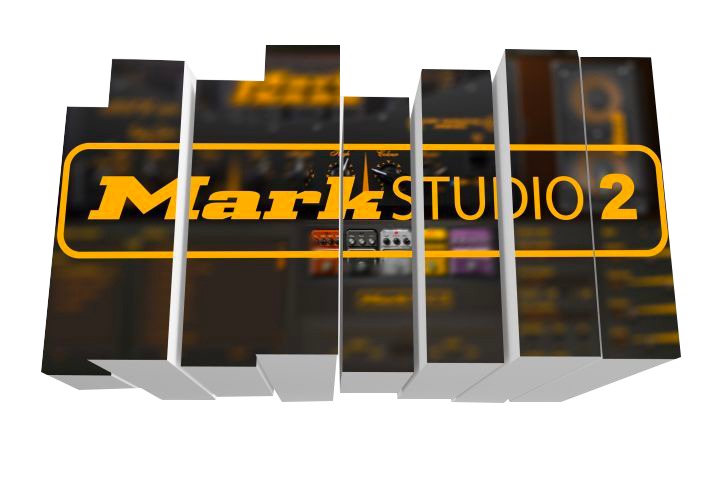
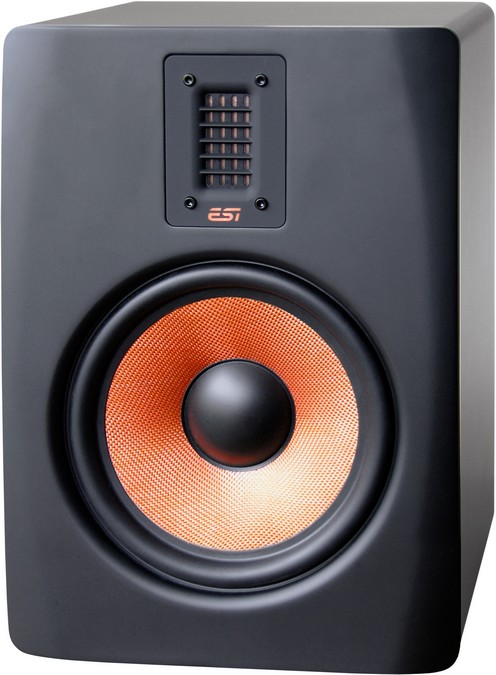
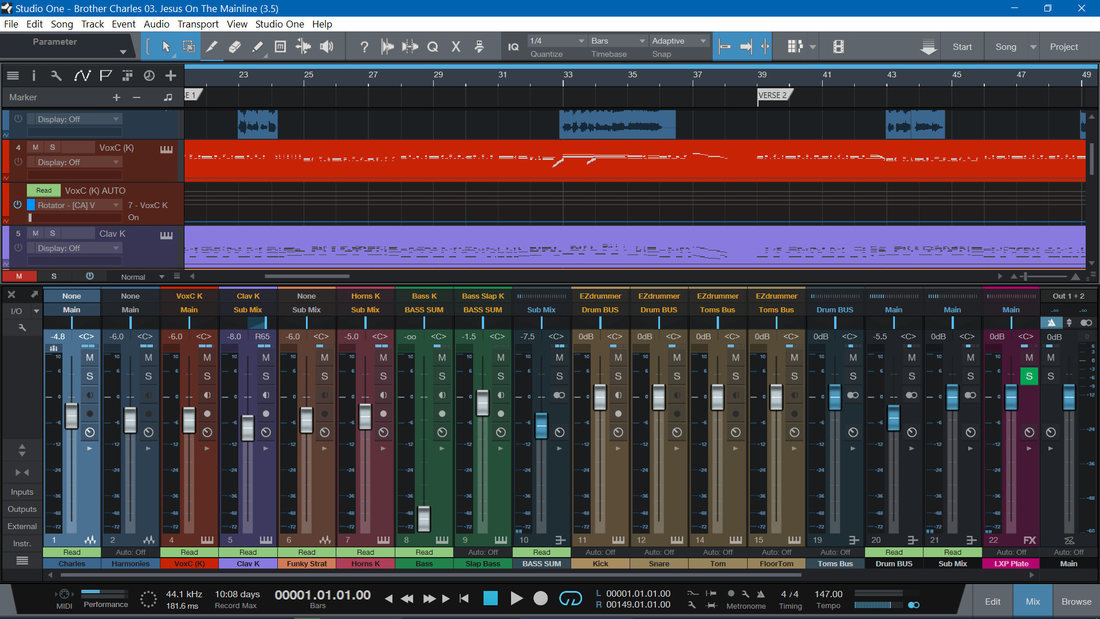
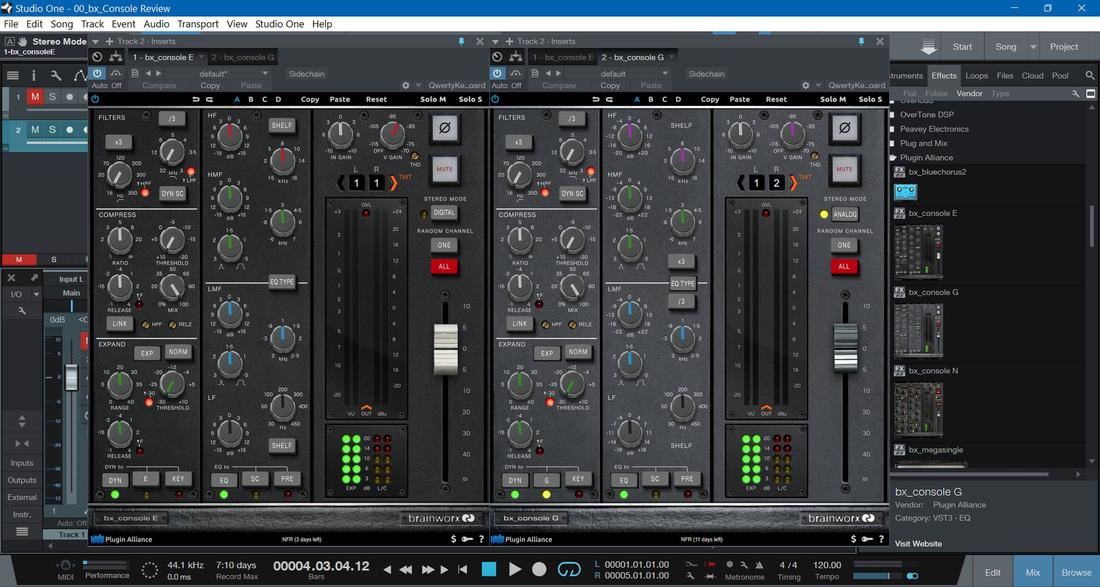
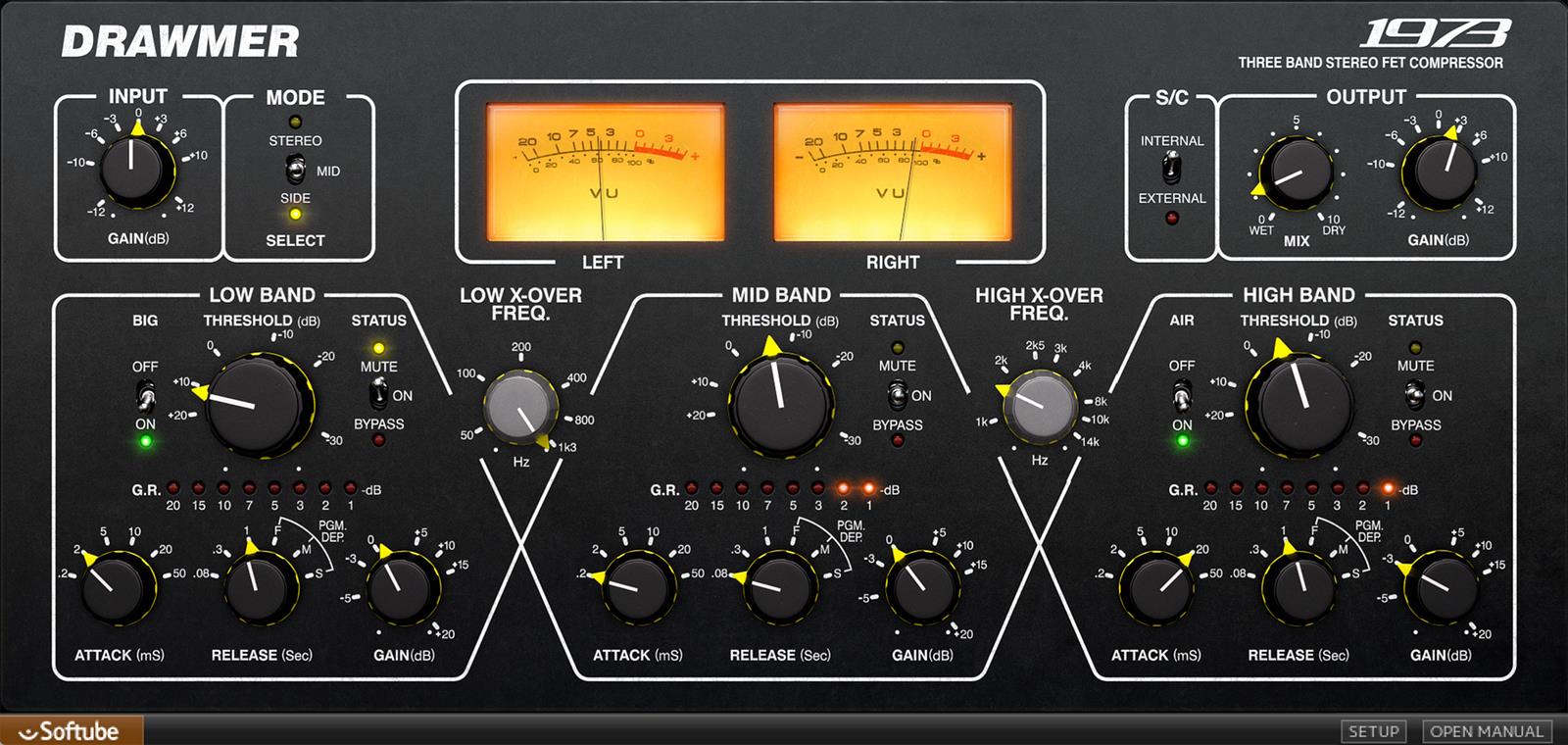


 15% OFF Summer Sale!
15% OFF Summer Sale!
 RSS Feed
RSS Feed

